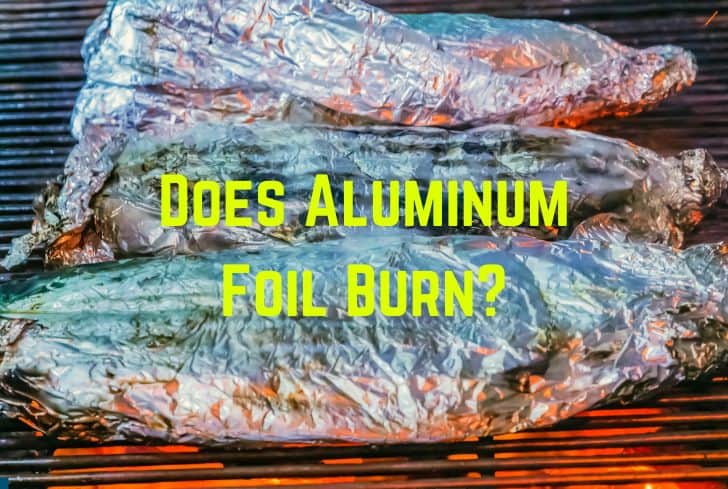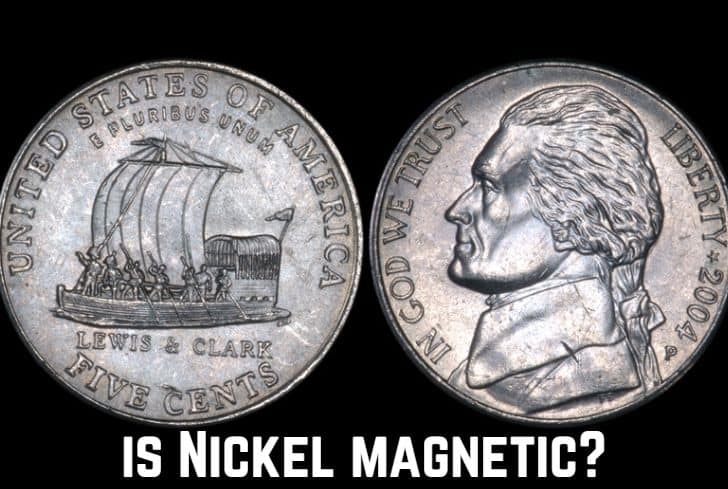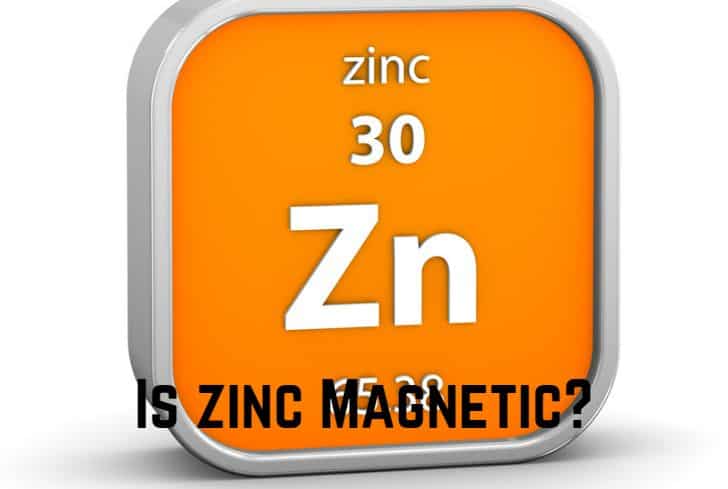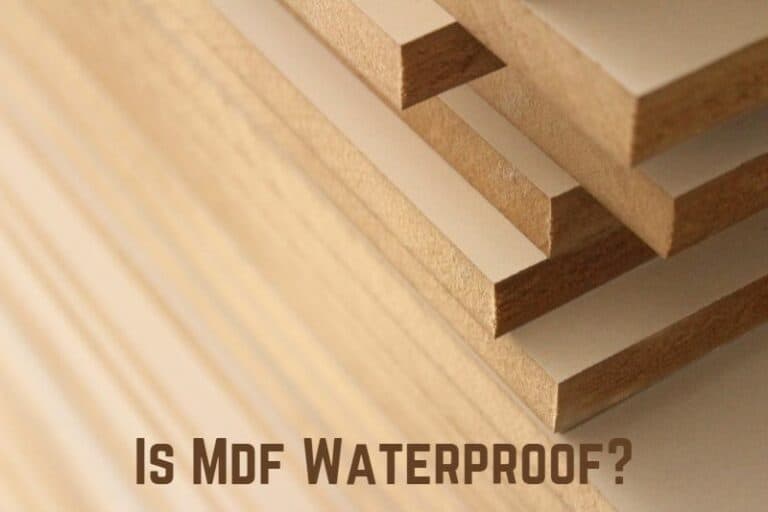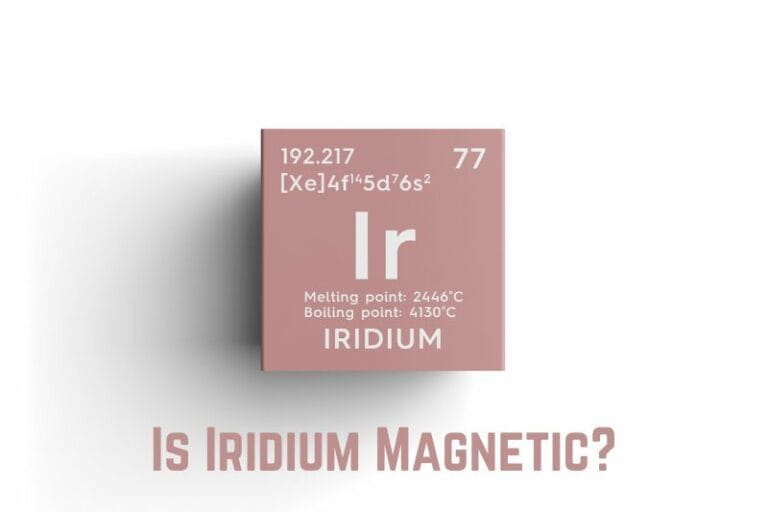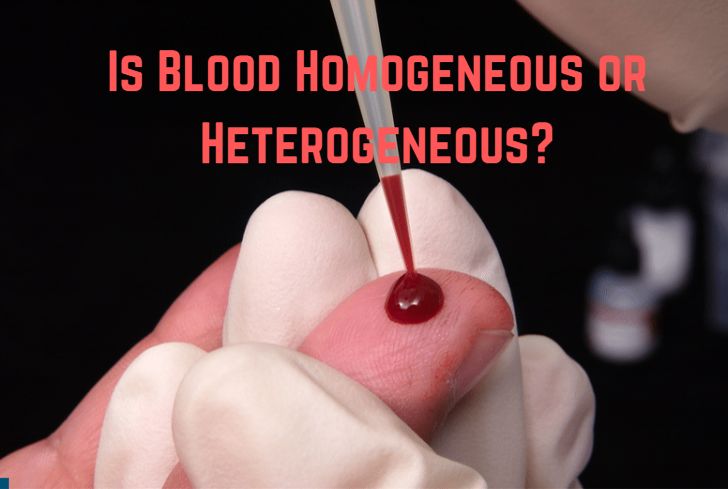Is Chrome Magnetic? (No…)
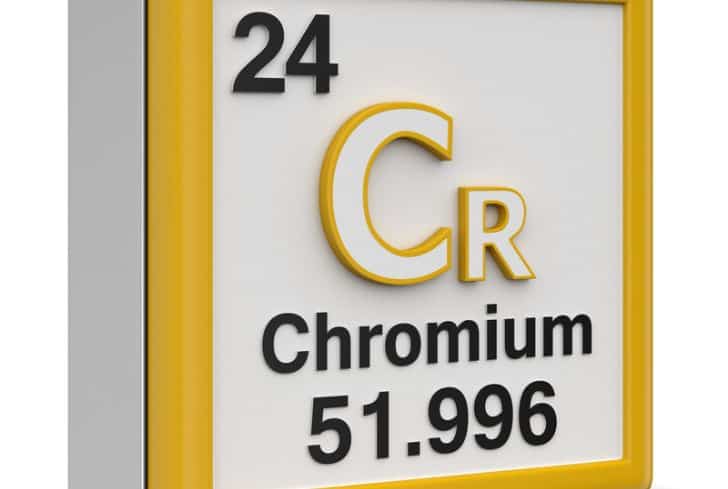
For many years, the automotive industry has made extensive use of chrome. But aluminum and plastic have taken the role of chrome in recent years. Yet, Chrome still offers several fantastic features that make it the perfect choice for other applications. However, besides its various attributes, is chrome magnetic?
If you have wondered if chromium is magnetic, this article will answer that question. Also, we’ll discuss the magnetic properties of chrome steel, chrome vanadium, chrome-moly steel, nickel chrome, and chrome-plated steel. Lastly, we talk about whether chromed steel rusts.
Read: Is Galvanized Steel Magnetic?
Is Chromium Magnetic?
No, Chromium is not magnetic. Chromium is a chemical element with the symbol Cr and atomic number 24. It is a hard, silvery metal that is highly resistant to corrosion and tarnishing. While it is not magnetic on its own, it can be used to make magnetic alloys when combined with other metals like iron or nickel.
Since its magnetic domains align in the opposite direction, chromium is not magnetic at room temperature. However, chromium is only magnetically inactive at room temperature. Chromium is paramagnetic when it is above room temperature. The substance is considered magnetic if the unpaired electrons align in the same direction. At normal temperatures, chromium possesses six unpaired electrons that are not facing the same direction.
Chromium dipoles tend to align in the direction of the external field at temperatures above 100.4 °F (38 °C), making it magnetic. The angular momentum known as “spin” exists in electrons. Most of the time, pairs of electrons exist in atoms, with one “spinning up” while the other “spins down.” It indicates that they are moving at opposite angles. The magnetic fields that the spins produce cancel each other out since they point in opposing directions.
On the other hand, unpaired electrons can face either the same or the opposite direction in an atom. A magnetic field is produced when several unpaired electrons combine and all their spins point in the same direction.
Chemically speaking, chromium is a transition metal that is steely gray in color, hard, lustrous, and brittle. Rust and oxidation are chemical changes to which it is resistant. Chromium is widely distributed in the natural world, including in rocks, soil, freshwater, the ocean, and even the air we breathe. In some economically mined ores, it is present at the highest concentrations.
Is Chrome Steel Magnetic?
Chrome steel is non-magnetic. The metal is made from steel and chromium. Atoms with distinct magnetic fields form the atomic structure of steel. Steel and magnets’ magnetic fields interact and create an attraction between them. The magnet is attracted toward the steel by force created by the attraction. However, the atoms of chromium lessen the steel’s magnetic pull.
Steel is combined with chromium to protect it from the chemicals that would corrode it. Chromium coats the steel surface, converting it from an active state to a stable one and making it chemically resistant.
Below is a table showing the advantages and disadvantages of chrome steel:
| Advantages | Disadvantages |
| -Can be recycled, | -Less malleable and ductile, |
| -Resistant to corrosion and rust, | -Costly, |
| -High strength and resistance to wear and tear. | -More difficult to weld. |
Is Chrome Vanadium Magnetic?
Due to its paramagnetic nature, vanadium is magnetic, making chrome vanadium magnetic. Vanadium creates internal and induced magnetic fields in the direction of externally applied magnetic fields and is weakly attracted to those fields. The 3D shell of vanadium contains one unpaired electron. Although they can be attracted to external magnets, paramagnetic materials cannot themselves become magnetized.
The transition metal vanadium has an atomic number of 23. It is grayish silver. Highlighted below are some of the magnetic properties of vanadium:
- The unpaired spin of the vanadium atoms results in a permanent dipole moment.
- Vanadium has one unpaired electron in its outermost shell, preventing its net dipole moment from zero.
- Vanadium has a small, parallel to the magnetizing field magnetic dipole moment.
- Vanadium begins to move from the weak to the strong zone if the externally applied magnetic field of the metal is not uniform.
A type of steel called chrome-vanadium is created from alloys of chromium and vanadium. It produces items that are shiny, durable and have smooth surfaces. Steel hand tools, large-diameter spring wires, and other high-stress applications are commonly produced with chrome vanadium. The metal works well in socket sets and hand-torque applications.
Vanadium makes chrome-vanadium stronger and tougher by lowering the grain size and improving performance in cold weather.
Is Chrome-Moly Steel Magnetic?
Chrome moly steel is not magnetic. One of its components, molybdenum, exhibits anti-ferromagnetic qualities (zero magnetic moments). Molybdenum (Mo) is diamagnetic in its pure form and will reject magnetic fields if exposed to them. Chrome-moly steel becomes diamagnetic when Mo is added to the non-magnetic chromium. Steel has a low percentage and hence will not affect the mix.
Compared to chrome vanadium, chrome-Moly has a stranger impact on resistance, toughness, and strength. Because of these properties, chrome-moly steel is simple to weld and manufacture.
Manufacturers frequently use it to make the following:
- Fuselages for small aircraft.
- Making High-end bicycle frames that are lighter and more flexible than those made of ordinary steel.
- Great for creating crankshafts with better engine efficiency and improved heat and wear resistance.
- Because of its strength and small weight, it is perfect for roll cages for racing cards.
The majority of chrome-moly steel products, however, are a dark, matte gray tone. The majority of manufacturers use it to produce impact sockets. Iron, molybdenum, and chromium are all components of the steel type known as chrome-moly.
Is Nickel Chrome Magnetic?
Nickel chrome is non-magnetic. Although nickel is magnetic, mixing it with chromium renders it non-magnetic. Pure nickel can become magnetic at a specific temperature and attract other metals. Unpaired electrons in nickel’s outer shell all face the same way. Chromium, on the other hand, makes the magnets neutral.
Standard nickel-chrome alloys range from 80% to 20%. Often, the combination is referred to as “nichrome.” Nichrome wire is widely used in heating components due to its stability at high temperatures, strength, and oxidation resistance. The percentage of nickel in the alloy is indicated by the number following the nichrome wire type.
The different nichrome wire types and applications are:
| Types of nichrome wire | Uses |
| Nichrome 20-moderate resistance to oxidation | -Element fastener, refractory anchor bolts. |
| Nichrome 30 | -Heating cables, rope heaters, solid hot plates, fan heaters, electric blankets, and pads. |
| Nichrome 40 | -Resistors, baseboard and floor heaters, heavy-duty rheostats, and night storage heaters. |
| Nichrome 60 | -Metal-sheathed tubular elements, suspended coils in air heaters, and heating elements in household utilities. |
| Nichrome 70- Not subject to “green rot”; therefore, great for reducing atmospheres. | -Electrical heating elements in industrial furnaces. |
| Nichrome 80- Superior services compared to the others. | -Heating elements in home/industrial furnaces. |
In addition to the nichrome wires, nichrome also finds applications in explosives, fireworks, motorbike silencers, microbiological labs, internal support structures for ceramic works, and thin films.
Is Chrome-Plated Steel Magnetic?
Steel that has been chrome-plated is not magnetic because chromium is its only component. When a steel surface is plated, a thin layer of chromium is applied to prevent corrosion. Chrome’s non-magnetic nature balances steel’s magnetic nature. The unpaired electrons in steel are misaligned because the six unpaired electrons in chrome’s outer shell face opposite directions.
On top of adding aesthetic value, chromium plating on steel also makes cleaning simple. Chromium plating on steel is referred to as electroplating. The majority of steel auto parts have several chrome platings. Electroplating is done to ensure that chrome plating can resist temperature changes brought on by changing weather.
Does Chromed Steel Rust?
If chromed steel has not been damaged, it will not rust. Metal, air, and moisture are the three components that contribute to the rusting of chrome. Chromated steel reacts with airborne carbon dioxide when it comes into contact with water or moisture. Carbonic acid, created by the two (H2O+CO2), weakens the chemical bonds of chrome.
The chrome starts to wear away and break. While the oxygen molecule reacts with the chrome to form rust, the two hydrogens from the water molecules are released into the air. When the chrome plating is scratched or dented, the underlying steel is exposed to air and moisture and eventually rusts.
Frequently Asked Questions
How does temperature affect magnetic properties?
A material’s magnetic characteristics can be strengthened or weakened by temperature. In the majority of cases, the magnetic field decreases as temperature rises. The magnetic domains get confused and out of alignment as the electrons move at an erratic and accelerating rate.
Magnetism reduces when the electrons can no longer point in the same direction. The electrons can arrange themselves in a structured way at lower temperatures. Thus, magnetism is strengthened and enhanced.
Does chrome rust more than stainless steel?
Stainless steel is more resistant to corrosion and rust than chrome. However, it’s more expensive, making Chrome the most used in many applications. Stainless steel is an alloy making it much stronger than chrome. Over time chrome corrodes due to water, moisture, and carbon dioxide.
Conclusion
Since its unpaired electrons face different directions; chromium is not magnetic. Except for chrome vanadium, other metals’ magnetism is canceled out when chromium is alloyed with them. The alloy is paramagnetic due to the greater vanadium electrons.
Chromed steel will rust once it’s been damaged. The scratches and dents are the most likely types of damage. Steel rusting is accelerated by moisture and oxygen.

